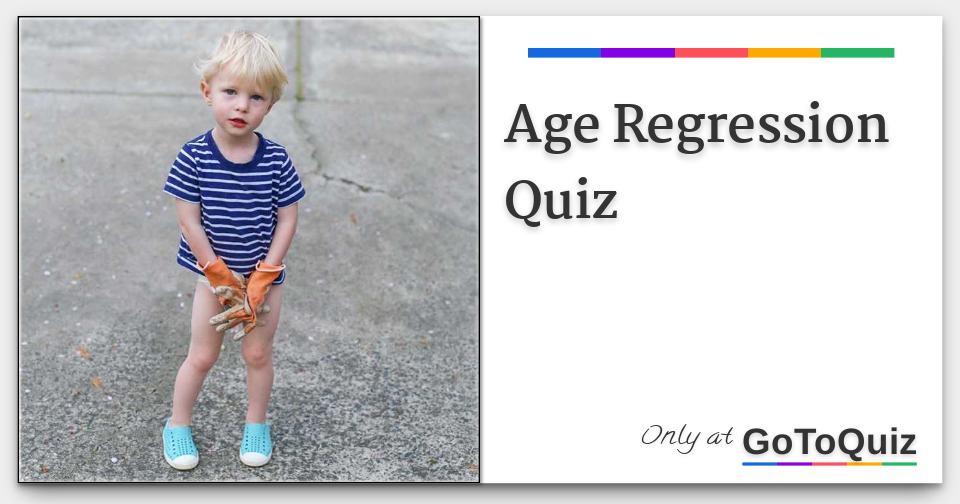
In other words, through hypnotic regression techniques, the reciprocal influence between memory and identity can be put at the service of the individual in order to make him/her able to make use of him/herself at best during the course of his life. Additionally, especially when dealing with traumatic memories, re-accessing those contents with current acquisitions and information, while guided by an expert operator, allows the restructuring of the experience, that is, the re-interpretation of the event in the light of one’s current identity, in order to elaborate it and integrate it 3.

Firstly the retrieval of past material can promote the integration of aspects of our identity that were previously ignored. Taking our present self to the past, in fact, can favour the evolution of the individual in two ways. That said, it becomes clear that hypnosis can be useful to retrieve memories that seemed lost, but the application of the so-called regression techniques can lead to other kinds of results too. The experience can be so vivid that phenomena such as ablation (ignoring information acquired after the age of the memory), re-integration (the reinstatement of previous behaviour and cognitive modalities) and revivification (the reappearance of details or memories that were not accessible before the induction) may occur. The Ericksonian idea of subconscious confers to it the faculty to store everything that happened to us and, while in hypnosis, the subject is able to access these contents not only by recalling them, but also by reliving them 4. In other words, we can state that identity and memory are two sides of the same coin, in continuous communication, which reciprocally modify each other this process at the same time structures and limits the access to certain contents 2. Such considerations about the accessibility of contents explains why, in certain moments or periods of our life, retrieving certain events can be difficult or even impossible 3, Therefore we are dealing with a two-direction communication: on the one hand, memory constitutes our identity, and on the other hand, our current identity influences the retrieval of memories, favouring or preventing access to contents and building interpretations that change with time and with the evolution of identity itself. This is not true for human memory that, on the contrary, constitutes the basis for the construction and evolution of our present identity. 236-248 (sorry for the poorly formatted citation).We also have to consider that the information stored in a computer does not change the computer’s structure itself. You could plot the residuals of your model against age - if you see an increase or decrease in variance associated with age, then you have non-constant error variance, and the assumptions of your regression model are violated. Note: if you add in $X_1X_2$, be sure to have $X_1$ and $X_2$ in your model. If the coefficient on $X_1X_2$ is not significantly different from 0, then there isn't enough evidence to say that the effect of $X_1$ on $Y$ varies with age. If you include the term $X_1X_2$ in your regression equation, then the coefficient on $X_1X_2$ is telling you, on average, how much the slope $\beta_1$ (the coefficient on $X_1$) increases per unit increase in age. Put simply, age regression is a psychological phenomenon where someone reverts to a younger mental / emotional state. It would be interpreted as "On average, all else equal, a unit increase in $X_1$ is associated with an increase of $\beta_1$ in $Y$." Let's say you are looking at $\beta_1$, the coefficient on $X_1$. Simply adding your age term is equivalent to holding age constant. I have heard that would could hold one variable, like age, constant? How would I do this? Also how much does it matter that younger ages are over represented and the older ages were under represented. Everyone is taught in school the equation of a straight line: Y a + bX Where a is the Y-intercept and b is the slope of the.

However I am trying to understand how I could make it work and how I could interpret the outcome (I am very new to multiple regression). There are also very few seniors (65+).Īs all the data is continuous and I have two IV's and one DV, multiple regression was the go to. I have a large data set (2000+) but nearly half the sample are young adults (18-24). I have three variables, depression, age and emotional usage of music. This paper analyses the effect of gender, age, ethnic. I am interested in seeing if there is a positive relationship between depression and use of music for emotional regulation and if this relationship is consistent across adulthood. Automatic age estimation from facial images represents an important task in computer vision.
#Age regress how to
I am a little stuck on what how to implement and interpret a multiple regression while controlling for age.


 0 kommentar(er)
0 kommentar(er)
